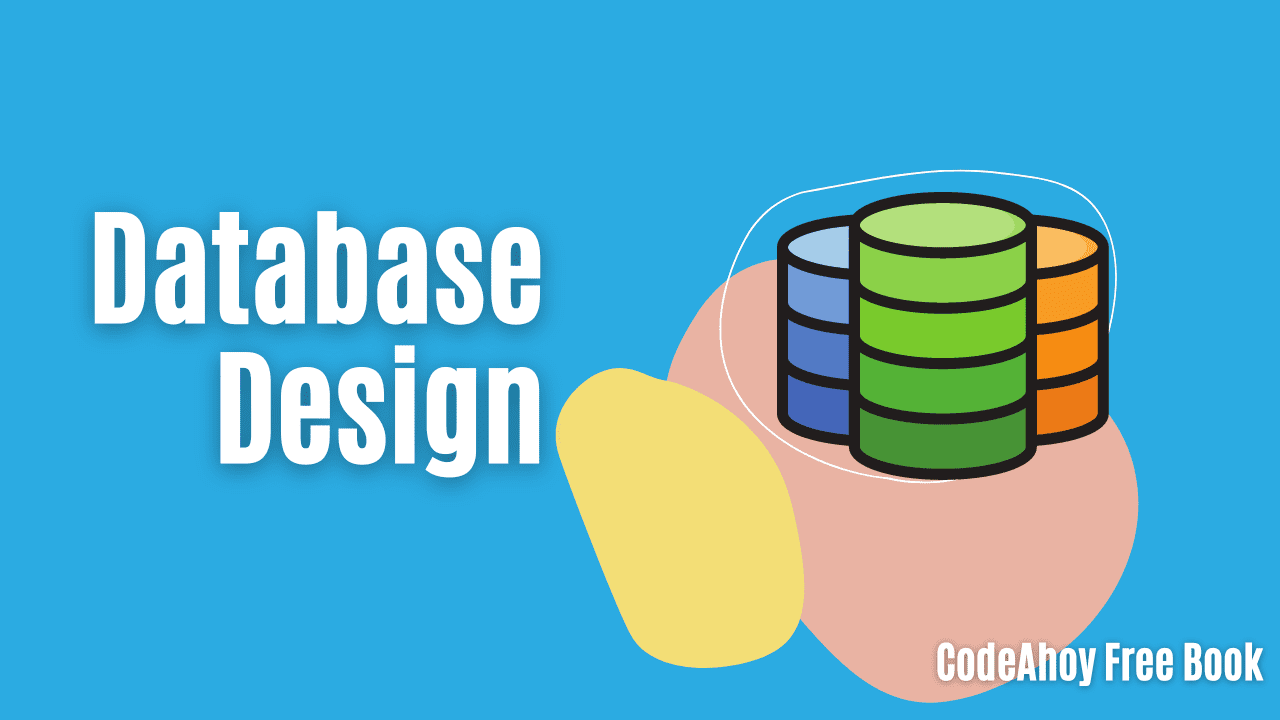Books / Go database/sql Tutorial / Chapter 1
Tutorial Overview - Go database/sql
To access databases in Go, you use a sql.DB. You use this type to create
statements and transactions, execute queries, and fetch results.
The first thing you should know is that a sql.DB isn’t a database connection. It also doesn’t map to any particular database software’s notion
of a “database” or “schema.” It’s an abstraction of the interface and existence
of a database, which might be as varied as a local file, accessed through a network
connection, or in-memory and in-process.
sql.DB performs some important tasks for you behind the scenes:
- It opens and closes connections to the actual underlying database, via the driver.
- It manages a pool of connections as needed, which may be a variety of things as mentioned.
The sql.DB abstraction is designed to keep you from worrying about how to
manage concurrent access to the underlying datastore. A connection is marked
in-use when you use it to perform a task, and then returned to the available
pool when it’s not in use anymore. One consequence of this is that if you fail to release connections back to the pool, you can cause sql.DB to open a lot of connections, potentially running out of resources (too many connections, too
many open file handles, lack of available network ports, etc). We’ll discuss
more about this later.
After creating a sql.DB, you can use it to query the database that it
represents, as well as creating statements and transactions.




